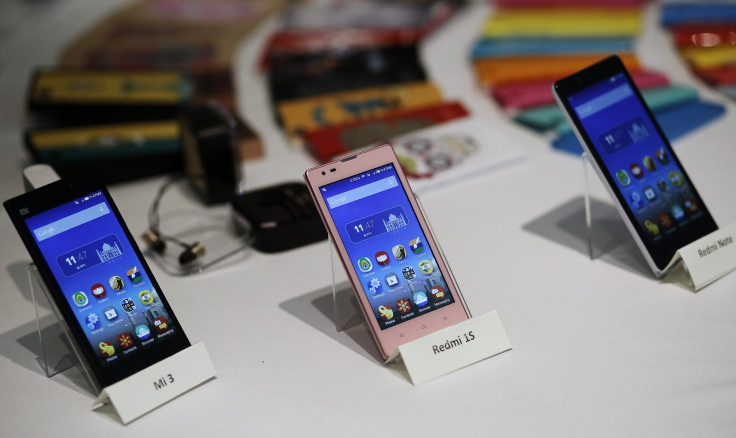Xiaomi Looks To Continue Dominance Of Samsung And Apple In China With Two New 4G LTE Devices

Xiaomi Corp.’s run as China's leading mobile device manufacturer looks poised to continue as it unveils its first two devices that include 4G LTE mobile connectivity.
The privately held smartphone maker announced Wednesday that a new model of its 4G LTE-enabled big-screen Redmi Note smartphone will be available at carrier China Mobile starting Aug. 12 and at China Unicom on Aug. 26, selling for just $162.
The world's eyes are on Xiaomi, a four-year-old upstart that last quarter surpassed Samsung Electronics Co. (KRX: 005930) and Apple Inc. (NASDAQ:AAPL) in smartphone shipments and sales in China. Thus far, Xiaomi has not catered to China’s budding 4G LTE market, but soon it will have two such devices, the Redmi Note and coming Xiaomi Mi 4, which also has not yet been released to the market.
A prime aspect of the new Redmi Note is that its 4G LTE mobile connectivity has not affected its price. Its low price points have made devices in the Redmi line among Xiaomi’s most popular. A recent report from the market research firm Canalys indicates that the success of the Redmi line largely drove Xiaomi’s growth during the April-June quarter.
The new Redmi Note will have slightly different specifications than the original, such as a Qualcomm Snapdragon 400 processor and a less powerful 3,100mAh battery; it will also be 10 grams lighter. However, it will have the same 5.5-inch display, 13-megapixel rear camera and 5-megapixel front camera as the original.
While the 4G LTE Redmi Note is gearing up for its launch in China, the Xiaomi Mi 3 flagship smartphone is big news in India. Recent reports indicate that 150,000 units of Xiaomi’s Mi 3 smartphone sold out in just two seconds on Tuesday, during its third stint of availability in the country.
Xiaomi is known for releasing its devices in small batches to drum up demand. During prior Xiaomi Mi 3 flash sales in India, 20,000 units of the $230 device sold out in 38 minutes and 50 seconds on July 22, while 10,000 units of the Mi 3 sold out in just five seconds last week. CyberMedia Research analyst Tarun Pathak says demand for the Xiaomi Mi 3 is now 10 to 15 times its availability.
After more than 150,000 customers pre-registered for the flash sale, an equal number of unregistered users also logged on to purchase a Xiaomi Mi 3. In addition to the sheer speed that the device sold out, there were also technical issues with the Flipkart e-commerce Website where the Mi 3 was sold. Pathak says these circumstances could steer consumers away from Xiaomi and toward similar value-for-money smartphones like Motorola’s (NYSE: MSI) Moto G.
But Xiaomi has some big advantages against low-cost competitors. Ramon Llamas, smartphone research manager at IDC, told CNN Money that what sets Xiaomi’s smartphones apart is that they are Android devices that look like iPhones.
Xiaomi is also known for its high-end devices that sell for a fraction of the price of premium smartphones marketed by its competition like Apple and Samsung. The Xiaomi Mi 3 in particular includes a 5-inch 1080p display, the latest Qualcomm Snapdragon 800 high-end processor, 2GB RAM and 13-megapixel camera for just $230, while Samsung Galaxy flagships and iPhones sell for upwards of $600.
© Copyright IBTimes 2024. All rights reserved.





















